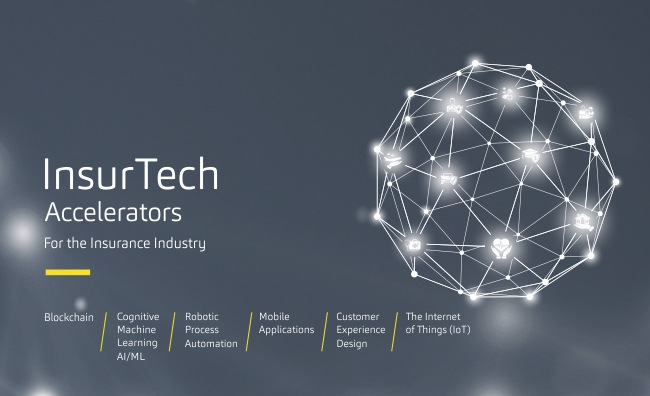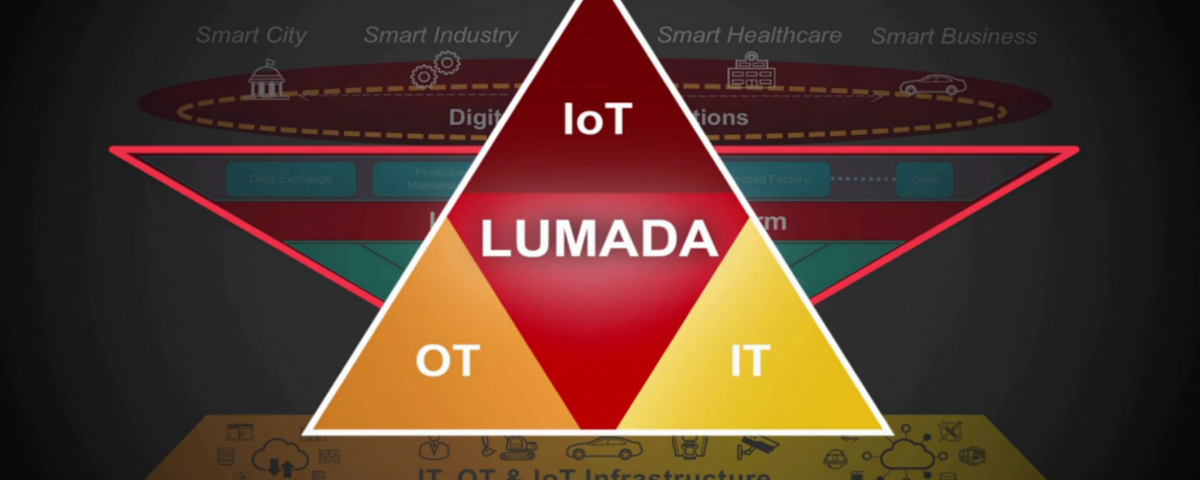The 11.11 Global Shopping Festival held last week yet again surpassed expectations and continued its tradition of breaking records both in terms of the Gross Merchandise Volume [GMV] across Alibaba Group marketplaces as well as the number of consumers and merchants participating.

This was made possible by the technology leadership of Alibaba Group and provided a showcase for innovations in the areas of Artificial Intelligence [AI], Machine Learning & Cloud Computing that powered the elements of New Retail, which was central to this year’s Global Shopping Festival. One of the many highlights was the system’s ability to manage the spike of up to a staggering 325,000 orders per second at peak, coming through this 24-hour stress test.
Jeff Zhang, Alibaba Group’s Chief Technology Officer said
The annual Global Shopping Festival is the biggest test for our technology. This year we fully adopted cloud management and leveraged artificial intelligence on a much larger scale in our infrastructure and systems, resulting in greater operation efficiency while largely reducing IT costs. In addition, we offered innovative technology solutions to enable our partners in areas including product assortment, inventory management, payments and logistics to meet the huge spike in demand during the Global Shopping Festival. We will make these solutions available through our cloud platform to benefit more enterprises and the larger society beyond this event.
Alibaba Group continues to leverage AI to empower merchants and engage consumers. For example, 95% of customer service inquiries during the Global Shopping Festival were handled by an Alibaba’s self-developed virtual customer service chatbot; in addition, more than 400 million customized online banner ads were generated for merchants by Alibaba’s AI-based marketing design platform; and over 60 billion personalized pages on the Taobao and Tmall Apps were developed for consumers and populated with AI-based product recommendations.
The Global Shopping Festival is a gigantic-scale project in terms of IT infrastructure. To support the unprecedented volume of computing tasks for browsing, ordering, payments and logistics arrangements securely and smoothly, Alibaba Group has leveraged data technologies in a number of ways to develop its robust infrastructure in a cost-effective manner
- Colocation technology to enhance CPU utilization – Backed by the architecture of one of the world’s largest hybrid clouds with optimized computation and millions of containers, Alibaba Group has developed its own colocation technology. By colocating online services and analytics workloads, the daily average usage of CPU utilization has been increased to above 40% with peak utilization over 60%. The unitization rate went even higher during the Global Shopping Festival, reducing the cost of collocated clusters compared to last year by more than 30%.
- Intelligent engine to optimize system usage – An intelligent engine was developed this year to automatically allocate computation resources in a timely manner in order to achieve optimal system usage and stability. The engine was used for the first time in this year’s Global Shopping Festival and it is estimated to cut down the number of servers required by approximately 30%.
- Autonomous end-to-end load testing – Testing was performed multiple times to prepare for the predicted load increases at the peak traffic spikes on November 11. This intelligent, autonomous technology saved around 1,000 man-days worth of engineering work this year in comparison to previous years.
- Patrol robot for datacenter monitoring – A patrol robot was developed for the first time to undertake round-the-clock monitoring of conditions within Alibaba Cloud’s North China data center during the Global Shopping Festival. It is estimated that the robot removed up to 30% of the repetitive operations tasks related to data center monitoring.
- Alibaba Cloud’s CDN Node Deployment – Alibaba Cloud, the cloud computing arm of Alibaba Group, deployed over 1,200 Content Delivery Network [CDN] nodes on its expanding global cloud infrastructure to support the explosive amount of content on the Tmall and Taobao platforms. Using data centers in 15 locations worldwide, images, video and live streaming were distributed to multiple locations around the world quickly and smoothly without system bottlenecks.








